It is officially that time of the year – no, not the festival of light and joy, it’s the recurring season where Indian fashion labels are schooled on how to creatively incorporate religion while designing their campaigns. Last year, Tanishq received a non-violent lesson on how to showcase jewellery without meddling with the ancient Hindu-Muslim narrative. The famous bijoux label tried this blasphemous thing where a Hindu daughter-in-law was celebrated in a Muslim household during her baby shower. First of all, it’s 2021 – how are we still okay with inter-caste/inter-religious marriages and secondly, how dare they show harmony through heirloom jewellery – that’s not how we do it here.
Last month, Fab India released and pulled down a Diwali campaign titled – Jashn-e-Riwaz. Little did they know that the term means long-live Muslims in Urdu and is a secret ode to the Mughals. To top it off, they dressed 2 out of the 4 models in a kurta-pyjama instead of uniforming them all in a sari – defying the sacred dress code of Dipawali. Without the six-yards and the bindi, how will the buyers know this collection is for Diwali – there’s a high possibility of them buying the garments and storing them for the next Eid. #BoycottFabIndia was a must.
Deepavali is not Jash-e-Riwaaz…Period!!!
Seems like Fab India has done this deliberately to hurt Hindu Sentiment. #BoycottFabIndia pic.twitter.com/oczgyUlmIF— Rajkumar MLA (@rajkumarmla1) October 18, 2021
A similar error in judgment was made by retail giant Tata Cliq – their recent Diwali campaign saw models wearing the exact shade of green found on our neighbouring country’s flag – coincidence? We think not. Diwali is all about wearing saffron, smiling ear-to-ear – all while hugging fellow Indians who fall under the same community. The idea that a brand can take away the happy emotions out of the equation by portraying models posing like models and not laughing like it’s the happiest day of their lives – seemed suspicious.
Bridalwear label Manyavar Mohey received Twitter backlash for their over-ambitious advertorial starring actor Alia Bhatt. The brand that is responsible for dressing a large number of brides and grooms across the country, decided to embellish their couture ensembles with a heavy dose of social messaging. Changing the terminology #Kanyadaan to #Kanyamaan hurt the sentiments of a large group and rightly so. Why would a fashion house make an attempt to smash the patriarchy and alter traditions that aren’t favourable towards women? That’s the job of the regime we’re under and as per the stats, women in India are as free as the minorities. How about you stay in your lane and dictate to brides-to-be about whether they should wear scarlet or crimson ( but please stick to the red and the orange palette).
Fashion colleges in India have gotten their curriculum all wrong – instead of teaching students about cool and warm colours on the colour wheel, they need to teach them how to identify each shade with its designated religion. When it comes to designing, the students must learn how to not let their imaginations run free – a salwar for a Muslim woman is set in stone and so is a bindi for a Hindu lady. For the next Spring/Summer, Fall/Winter and all the seasons thereafter – India’s fashion narrative will be dictated by fading secularity and over the top nationalism.
As much as we love it when global fashion labels take a stance on important matters through their presentations – when it comes to calling out the happenings in our own backyard, we like our fashion fraternity to stick to their own business. Sure, India is a boiling pot of talent when it comes to craft and culture – but what’s the point if we amputate it’s reach by asking the significant voices in fashion to turn a blind eye towards atrocities. Art, as a medium, has the power to shake up the system – then why is fashion, the most important weapon in it’s arsenal, is kept as a blank cartridge?
In case you’re wondering, yes, it’s a sarcastic piece 🙂





















